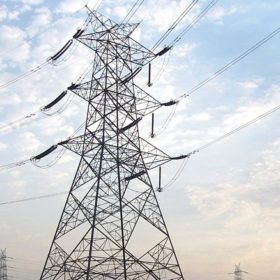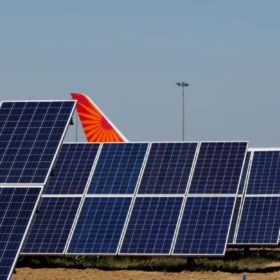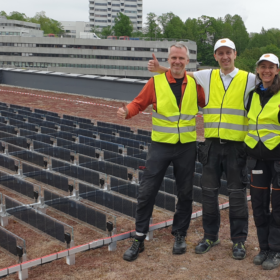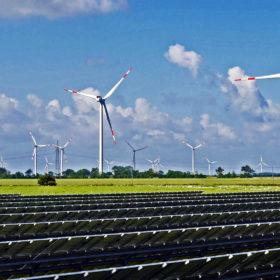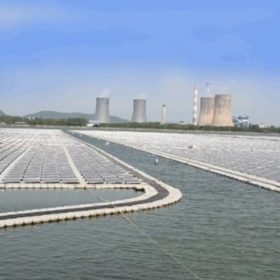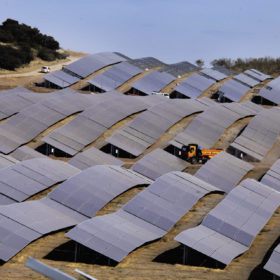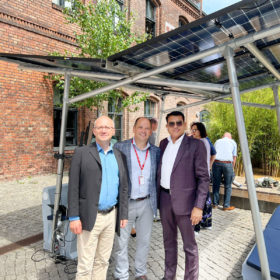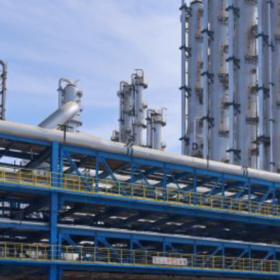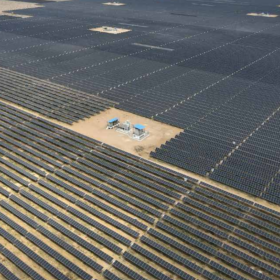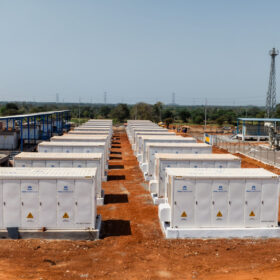Solar window generates electricity, thermal energy
A research team in Hong Kong has built a solar window that can generate power on the external side via a luminescent solar concentrator and thermal energy on the internal side via transparent solar absorbers.
Discom dues liquidation to help realize INR 9,000 crore receivables for renewables sector
The receivables period for leading renewable energy generators can reduce by 40-50 days from the current 180 days, by March 31, 2024.
Delhi airport becomes India’s first aviation hub to run on solar, hydropower
Indira Gandhi International Airport (IGIA) in Delhi meets 6% of its electricity requirements from onsite solar plants, and the remaining 94% from hydropower.
Vertical rooftop PV pilot goes online in Norway
Over Easy Solar AS has developed a rooftop PV system with two generation peaks – one in the morning at 11 am, and one in the evening at 7 pm. It has been deployed on a school building.
India needs $223 billion to meet 2030 wind, solar goals
India requires $223 billion of investment over the next eight years to reach nearly 280 GW of solar and 140 GW of wind capacity by 2030.
Solar auctions in India to attract large developers
A new report shows that renewable energy companies will continue to compete in upcoming auctions in India, undeterred by challenges such as rising materials costs and surging interest rates.
DVC seeks EPC contractors for 30 MW of floating solar
State-owned Damodar Valley Corp. (DVC) is seeking contractors to install and commission 30 MW of grid-connected floating solar capacity at its thermal power stations in Jharkhand and West Bengal. Bidding closes on Aug. 1.
Spanish court orders Iberdrola to dismantle 60% of 500 MW operational PV plant
A Spanish court has ruled that Spain’s largest operational PV project – the 500 MW Nuñez de Balboa solar plant – occupies a piece of land that was illegally expropriated. Project owner Iberdrola must now shut down a large portion of the installation.
Servotech tests solar monitoring device along with PV Port in Germany
Servotech has successfully tested ComPort solar monitoring device with the portable PV system PV Port at the EUREF-Campus in Berlin, Germany. This first-of-its-kind instrument can integrate with any off-grid and hybrid inverter and empower users to get the most out of their solar systems.
Ornate Solar commissions made-in-India, roof-integrated solar system
Ornate Solar’s engineering team designed, engineered and manufactured the new 530 kWp InRoof solar system in India. It serves as the primary roof over Pangaea Natural Stone’s factory in Rajasthan, covering a total area of 35,000 square feet.

